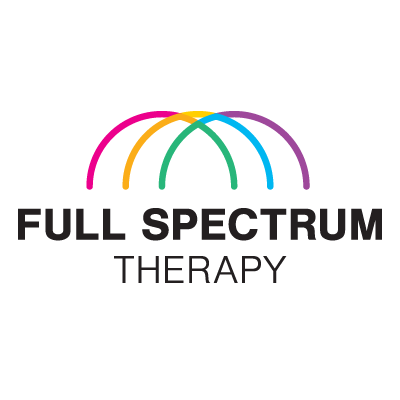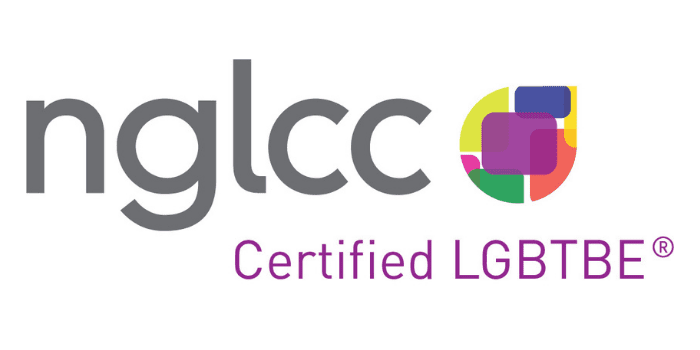by Sam Skye, Oct 1, 2024
Image of cells
Breast cancer doesn’t only affect cisgender women. Transgender men, women, and nonbinary individuals also face unique risks. Awareness is increasing, but challenges to accessing good information, screening, and care remain. Here’s what you need to know:
Breast Cancer Risk in Transgender Individuals
Transgender Men and Nonbinary People Assigned Female at Birth (AFAB):
Risk Overview:
Everyone has breast tissue, which means transgender men and AFAB nonbinary individuals are still at risk, even after chest surgery.
Risk is lower than for cisgender women, but not zero. Surgery often leaves some glandular tissue that can develop cancer.
Screening Needs:
Routine screenings are essential. There is no consensus on screening recommendations for post-top surgery patients. Still, the U.S. Preventive Services Task Force recommends that AFAB folks follow the same screening guidelines as used by cisgender women.
A digital breast tomosynthesis (DBT, also called a 3D mammogram) or ultrasound may be used to screen folks after top surgery.
Testosterone therapy’s impact on breast cancer risk is still being studied. Discuss individual risk factors with your healthcare provider.
Nurse and patient during mammogram (image credit: healthline)
Transgender Women and Nonbinary People Assigned Male at Birth (AMAB):
Risk Overview:
Taking estrogen (HRT) increases breast cancer risk compared to AMAB individuals not on HRT.
Risk is generally lower than cisgender women but increases the longer one has been on estrogen, especially after 5–10 years.
Breast Cancer Screening Guidelines
AFAB Individuals:
Without Chest Surgery: Regular mammograms starting at age 50, especially if there are other risk factors (e.g., family history).
With Chest Surgery: Talk to your provider about remaining tissue and appropriate screenings (physical exams, mammograms, or ultrasounds).
AMAB Individuals:
If on estrogen therapy for at least five years, start mammograms at age 50 and repeat every two years.
Discuss a personalized screening approach with your provider.
Addressing Barriers to Care
Challenges: Discrimination, provider knowledge gaps, and anxiety around gendered spaces can discourage screenings.
Action:
Seek out affirming, knowledgeable providers.
Discussing personal medical history, hormone use, family history of breast cancer, and any changes in chest tissue can help determine an individualized screening plan.
Genetic counseling for transgender people with a family history of breast cancer may help.
Empowerment Through Awareness
Awareness and education can empower transgender individuals to take charge of their breast health. Know your risks, talk to providers, and get the screenings you need.
Disclaimer: This article is based on information from the listed sources and is intended for educational purposes only. It should not be considered medical advice or a substitute for professional guidance. Always consult a healthcare provider for personalized cancer screening and care advice.
Sources:



